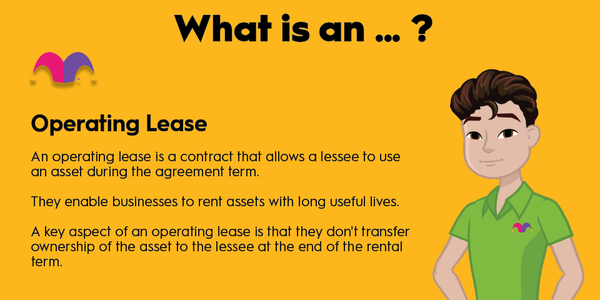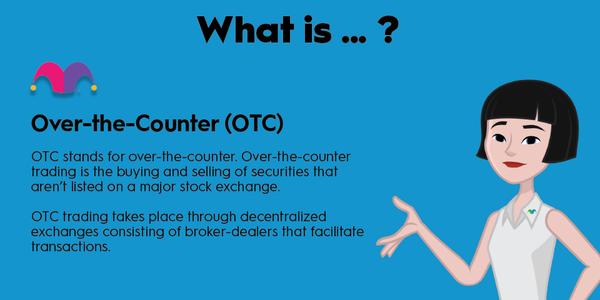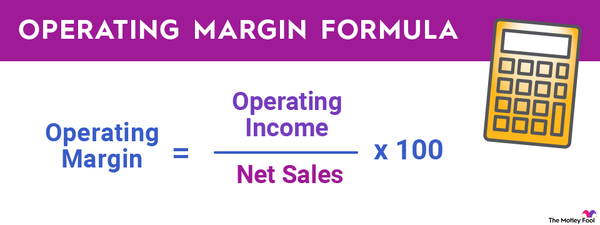Open-end funds are the mainstay of the mutual fund industry and need to be understood by anyone interested in putting money to work in funds. They offer investors a relatively low-cost way to gain exposure to diversified holdings in an asset class. In addition, investors can put small amounts into the fund, making them ideal for people looking to invest incrementally over a long period. As such, they provide a helpful way for novice investors to enter the markets.
Definition
What is an open-end fund?
Open-end funds aren't traded on the stock market or any other secondary market. Instead, they are usually priced and traded once a day through the company that manages the fund. In contrast to closed-end funds, which have a fixed number of shares, open-end funds can create new shares when an investor buys into them and retire them when sold.

Net asset value
What is the net asset value of an open-end fund?
Open-end funds are priced based on their net asset value (NAV). For an equity open-end fund, the management company calculates the total value of the assets (stocks held on the market) at the end of the day and then divides it by the number of shares in issue to produce the fund's NAV. Investors can then buy into or sell out of the fund at the NAV price.
In case you are wondering, buying into the fund (meaning adding to the fund's assets) doesn't increase the NAV because the company simply issues new shares to keep the NAV at parity. Similarly, when an investor redeems investment in a fund, the management company retires the number of shares necessary to keep NAV parity for the day.
Given that equities (and many other asset classes, such as bonds) are continually priced through the trading day, it doesn't make sense for the management company to price the NAV through the day continually, which explains why the funds are priced and traded once a day.
Open vs. closed-end funds
Open-end funds vs. closed-end funds
They are "open" because the management company can create or retire shares, while closed-end funds have a fixed number of shares. Also, closed-end funds are traded on the secondary market and priced at whatever the market wants to pay for them. As such, closed-end funds can trade at a premium or discount to their NAV. Closed-end funds can also take on debt or conduct secondary share issues.
The difference between open-end and closed-end funds means the manager's skill and ability largely determine the value of an open-end fund, while the valuation of closed-end funds can vary with market sentiment.
Related investing topics
Further considerations
While open-end funds offer novice investors a relatively safe way to invest, are liquid, and only require a small amount of investment, they have some downsides. They can come with relatively high fees and expenses, and many investors prefer to do their own research when stock picking.
Although they are priced on NAV, if a market meltdown occurs and investors want to redeem investment while the market is falling heavily, the fund might be forced to sell illiquid assets, such as micro-cap stocks, at a discount to their estimated NAV.
That said, most open-end funds are safe and liquid investments. If you can find a money manager like the legendary Peter Lynch, you could enjoy outsized returns from investing in the markets cost-efficiently.














